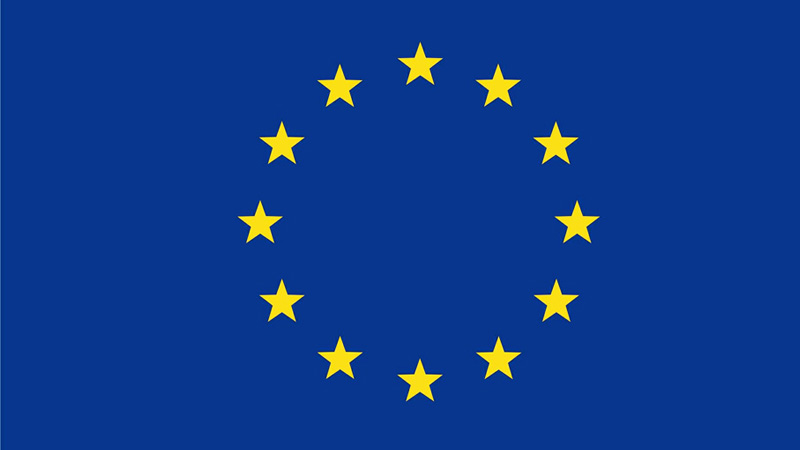As announced by President Juncker and First Vice-President Timmermans in their letter of intent accompanying President Juncker’s 2018 State of the Union Address, the new bioeconomy strategy is part of the Commission’s drive to boost jobs, growth and investment in the EU. It aims to improve and scale up the sustainable use of renewable resources to address global and local challenges such as climate change and sustainable development.
In a world of finite biological resources and ecosystems, an innovation effort is needed to feed people, and provide them with clean water and energy. The bioeconomy can turn algae into fuel, recycle plastic, convert waste into new furniture or clothing or transform industrial by-products into bio-based fertilisers. It has the potential to generate 1 million new green jobs by 2030.
Vice-President for Jobs, Growth, Investment and Competitiveness Jyrki Katainen said: “It has become evident that we need to make a systemic change in the way we produce, consume and discard goods. By developing our bioeconomy – the renewable segment of the circular economy – we can find new and innovative ways of providing food, products and energy, without exhausting our planet’s limited biological resources. Moreover, rethinking our economy and modernising our production models is not just about our environment and climate. There is also great potential here for new green jobs, particularly in rural and coastal areas.”
Commissioner for Research, Science and Innovation, Carlos Moedas, added: “The EU aims to lead the way in turning waste, residue and discards into high value products, green chemicals, feed and textiles. Research and innovation plays a key role in accelerating the green transition of the European economy and in meeting the United Nations Sustainable Development Goals.”
Delivering a sustainable circular bioeconomy requires a concerted effort by public authorities and industry. To drive this collective effort, and based on three key objectives, the Commission will launch 14 concrete measures in 2019, including:
1. Scaling up and strengthening the bio-based sectors:
To unleash the potential of the bioeconomy to modernise the European economy and industries for long-term, sustainable prosperity, the Commission will:
- establish a €100 million Circular Bioeconomy Thematic Investment Platform to bring bio-based innovations closer to the market and de-risk private investments in sustainable solutions;
- facilitate the development of new sustainable bio-refineries across Europe.
2. Rapidly deploying bioeconomies across Europe:
Member States and regions, particularly in Central and Eastern Europe, have a large underused biomass and waste potential. To address this, the Commission will:
- develop a strategic deployment agenda for sustainable food and farming systems, forestry and bio-based products;
- set up an EU Bioeconomy Policy Support Facility for EU countries under Horizon 2020 to develop national and regional bioeconomy agendas;
- launch pilot actions for the development of bioeconomies in rural, coastal and urban areas, for example on waste management or carbon farming.
3. Protecting the ecosystem and understanding the ecological limitations of the bioeconomy
Our ecosystem is faced with severe threats and challenges, such as a growing population, climate change and land degradation. In order to tackle these challenges, the Commission will:
- implement an EU-wide monitoring system to track progress towards a sustainable and circular bioeconomy;
- enhance our knowledge base and understanding of specific bioeconomy areas by gathering data and ensuring better access to it through the Knowledge Centre for the Bioeconomy;
- provide guidance and promote good practices on how to operate in the bioeconomy within safe ecological limits.
The Commission is hosting a conference on 22 October in Brussels to discuss the action plan with stakeholders and highlight tangible bio-based products.










